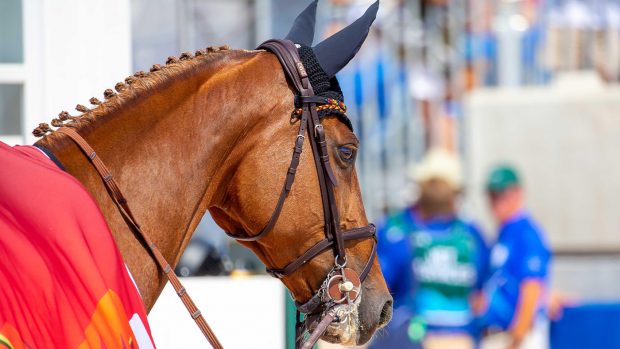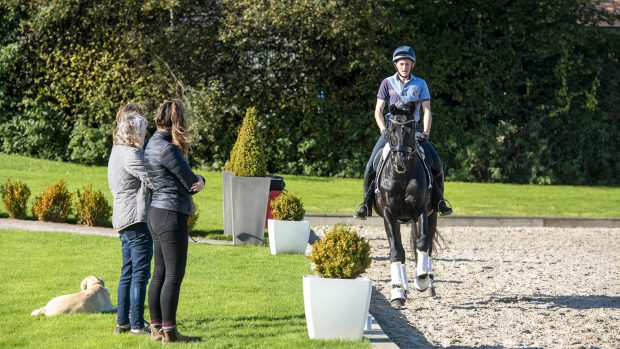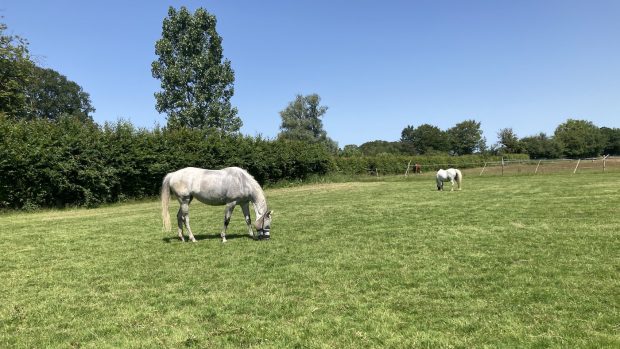As the sport benefits from the appliance of science, there will be lessons for all.
But, says Rod Fisher, who has served as British endurance team vet since 1988, both riders and officials can still do more to get the basics right. Rod stresses that more could be done to improve care before, during and after rides.
“I would like to see people monitoring their horses more closely. It is a question of seeing how receptive the horse is, how willing it is to go on and how much it isdrinking.
“Often, riders who know their horses well can spot something is not right before the vets. Some people see a problem and try to pretend it is not there in the hope that it goes away. But if you address difficulties early, they are always easier to treat.”
He also stresses the benefit of using heart monitors during training and for competitions. Riders who train themselves to pick up even slight changes to their horse’s demeanour before rides, he says, stand a better chanceof preventing problems taking their toll in competition.
“If you know a horse is in the right shape to cope with the conditions, you are then in a position to go for it.”
As far as pre-ride fitness is concerned, Rod concedes that it is sometimes difficult to judge until you go out and compete early in the season.
Poor pre-ride preparation takes its toll early on. Rod emphasises the need to warm horses up properly.
“They need to do 20min of walking beforehand and the horse needs to be working rather than just slopping along. People tend not to do this properly, and think that they can warm up on the ride, but if they only get three miles before the horse ties up, then the rest of the ride is irrelevant.
“In the early stages and at the first vetgate, you will get problems with horses tying up. It is after about 60-70 miles that we tend to see an increase in lameness and muscular exhaustion.”
He admits to concern over the increasing use of stony tracks.
“To race, you tend to have to push the horses harder than you should and so you damage them. It is a problem in this country, much more so than, say, in France, where they ride over better going and it’s probably why our horses do notlast as long.
“We must find alternative ways of training our horses in shorter, more productive sessions.”
Breaking up a horse’s rhythm by over-watering on the course can also cause problems.
“Every time you stop them, you upset their rhythm. If you are watering a horse and 75% of the time he isn’t drinking, you are overdoing it.”
After-race care is also of vital importance.
“Following a race they need the most care as well as close scrutiny to watch for signs of exhaustion, colic and dehydration. You need to check pulses and temperatures and see if they are eating, drinking and defecating.”
Travelling horses home too soon after a major ride can also leave animals prone to damage. Increased heart rates and body temperatures, signs of mild coughing, lethargy and lack of interest in eating and drinking are warning signs.
So, what is the biggest favour riders can do their horses? Rod says that too many riders forget that everyone benefits from training.
“A number of riders wouldn’t dream of having riding lessons, but when you are sitting on a horse for hours at a time, you can contribute to muscular soreness and back problems. Poor riding and ill-fitting saddles both have an exaggerated effect in this sport.”



